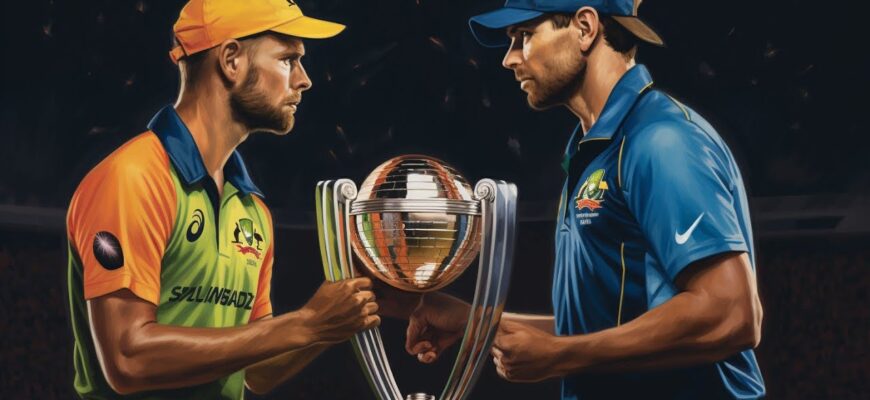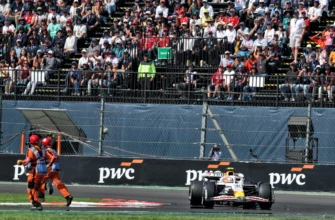As the cricket world turns its gaze Down Under, the Indian One Day International (ODI) squad is meticulously preparing for its journey to Australia. A significant tour awaits, comprising a three-match ODI series followed by an extended five-match T20 International affair. This expedition is not just another fixture; it`s a strategic deployment, marked by logistical intricacies, a notable leadership transition, and the enduring aspirations of cricketing stalwarts.
The Calculated Departure: Two Batches to Perth
The departure from New Delhi, scheduled for October 15, illustrates the precision—and sometimes the quirks—of modern team travel. The squad will embark in two distinct batches. This bifurcated approach, we are reliably informed, is less about clandestine operations and more about the prosaic reality of securing enough business-class tickets for a long-haul flight. One group will depart in the morning, with the remainder following later in the evening, ensuring comfort for these elite athletes.
Among those expected to converge in the capital for departure are former captains Rohit Sharma and Virat Kohli, alongside the newly appointed vice-captain, Shreyas Iyer. Their presence underscores the continuity of experience amidst evolving team dynamics. The ultimate destination for this initial leg is Perth, where the first ODI is set to kick off on October 19. It`s a journey designed for peak performance, right down to the seat assignments.
A New Helm: Shubman Gill Takes the Reins
Perhaps the most significant development ahead of this tour is the announcement of Shubman Gill as the new ODI captain, taking over from Rohit Sharma. This transition signals a clear intent to nurture the next generation of leadership within Indian cricket. Gill, with his burgeoning talent and composed demeanor, steps into a role that carries immense responsibility and scrutiny. The cricketing world will be watching closely to see how this young leader navigates the challenges of an Australian tour.
Intriguingly, despite the baton pass in ODI captaincy, both Rohit Sharma and Virat Kohli have reportedly expressed their strong desire to continue representing India until the 2027 ODI World Cup. This commitment from two of cricket`s titans provides a fascinating blend of experience and youth within the squad, even as India faces a comparatively sparse schedule of 50-over matches in the lead-up to the marquee event. Their enduring presence suggests a mentorship role, perhaps, or simply a refusal to let go of the big stage just yet.
Beyond the Boundary: Team Cohesion and Strategic Planning
Before the squad disperses across continents, head coach Gautam Gambhir hosted a team dinner at his residence in Rajinder Nagar. This gesture, far from being a mere social nicety, is a critical element in fostering camaraderie and a cohesive team spirit. In the high-pressure world of international cricket, such informal gatherings can be as crucial as net sessions in building the bonds necessary for success. After all, a team that dines together often shines together.
The Australian tour arrives on the heels of India`s ongoing engagements, with the team currently embroiled in the second and final Test against West Indies, scheduled to conclude on October 14. This packed calendar means players, depending on their individual schedules, might snatch a brief moment at home before regrouping in Delhi. It`s a testament to the relentless demands placed on modern cricketers, where a short break is often considered a luxury.
Anticipation Builds for a Challenging Tour
The upcoming series against Australia presents a formidable challenge and a vital opportunity for the Indian squad. With a new captain at the helm for ODIs and established stars reaffirming their long-term commitment, the tour is poised to be a barometer for India`s white-ball prowess. The blend of tactical foresight, logistical planning, and human-element considerations defines this upcoming cricketing saga. All eyes will be on Perth, as India`s Australian odyssey truly begins.








